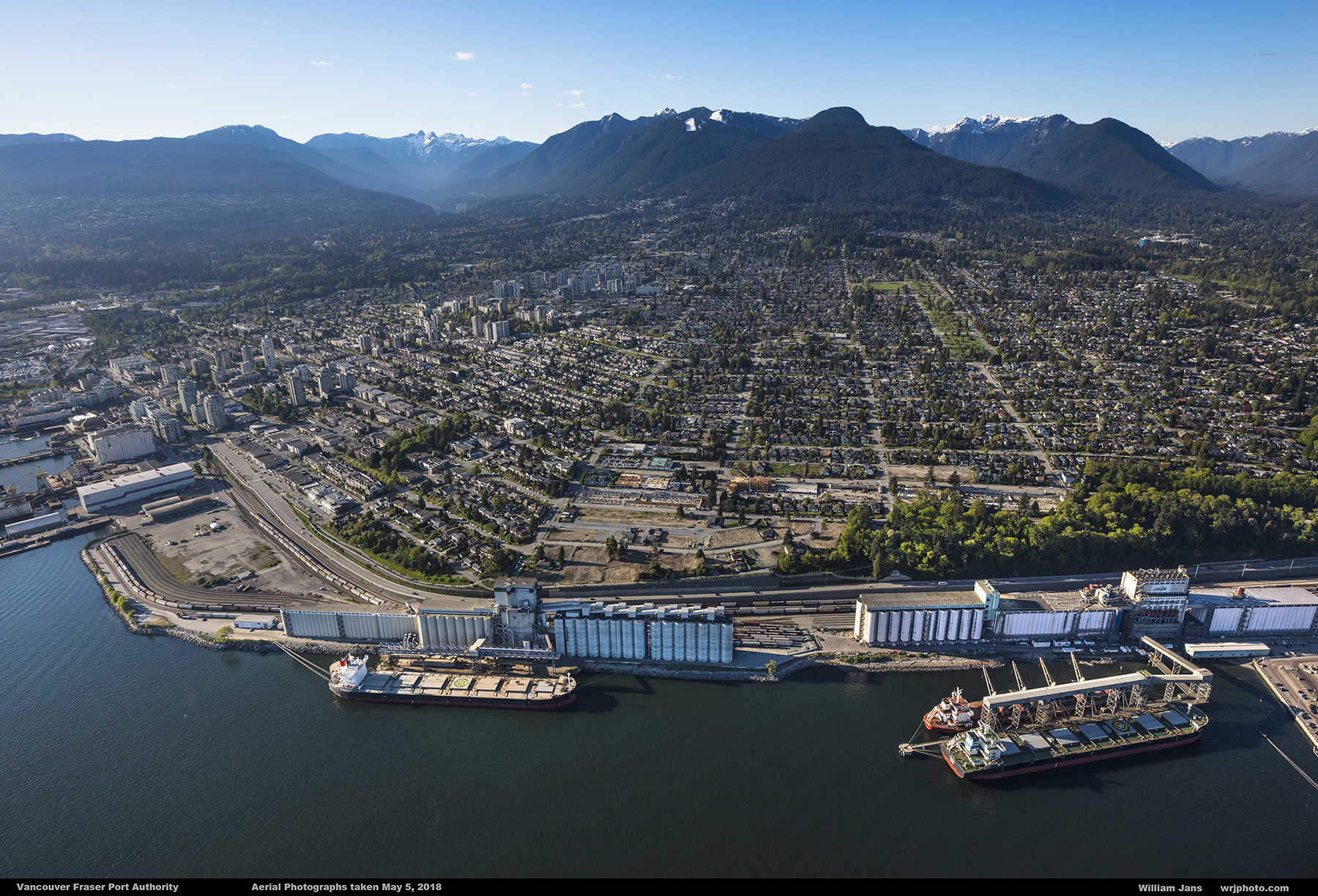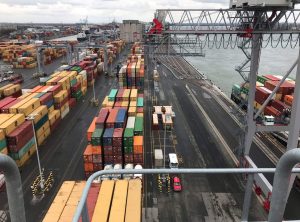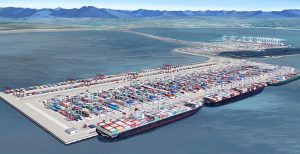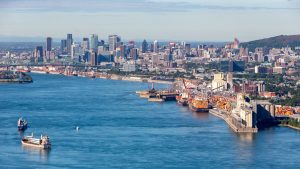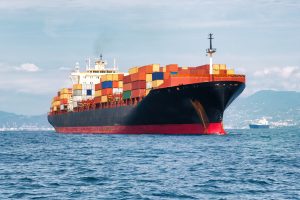The Port of Vancouver today reported an 11% growth in total cargo at 75.9 million tonnes in the first half of 2023 compared to the same period last year. A decline in container throughput was offset by a new record for the bulk sector at 55.5 million tonnes following a big rebound in grain volumes. The port affirmed the figures “do not reflect any cargo impacts resulting from the July 2023 labour disruptions.”
“I want to recognize the outstanding efforts of the port community, partners, and terminal operators, who, despite facing some headwinds in the first half of the year, contributed to near-record cargo volumes through the Port of Vancouver,” said Victor Pang, CFO and interim president and CEO at the Vancouver Fraser Port Authority, the federal agency mandated to enable Canada’s trade through the Port of Vancouver. “Coming off a challenging year, we’ve seen drops in some sectors—reflecting a softening economy—and encouraging rebounds in other key commodities such as grain, auto and cruise. The 2023 mid-year statistics reinforce the foundational strength of being North America’s most diversified port and a testament to the outstanding efforts of the port community.”
Grain was up 106% overall compared to the same period last year, increasing sharply because this year’s bumper crop season was preceded by a drought-affected season. This included a 121% increase for bulk grain and 28% increase for containerized grain. Canola volumes were up 124%, while bulk specialty crops such as lentils increased 89%.
Bulk wheat was up 144%, with 17% of the wheat exported through the Port of Vancouver going to Africa as world markets continue to settle following Russia’s invasion of Ukraine in 2022. Japan and Algeria were the top-two export markets for Canadian wheat.
Container volumes fell in the first half of 2023, in line with trends being seen throughout North America, as a slowing economy meant fewer imports. Overall container volumes were down 14% compared to the first half of 2022, as imports (or inbound laden) dropped 18%. The decrease was partially offset at the Port of Vancouver by recovering containerized exports, with outbound laden up 14% as Canadian exporters took advantage of lower container freight rates and increased availability post-pandemic.
“The Port of Vancouver—like many major container ports in North America—experienced a drop in containerized imports throughout the first six months of 2023 due to a cooling economy and well-stocked retailer inventories,” said Mr. Pang. “Long-term, the outlook for the Port of Vancouver’s container sector is robust—as Canada’s population, economy and trade continue to grow, and containerized trade through the Vancouver gateway increases under the federal government’s Indo-Pacific Strategy.”
Volumes for other commodities remained steady with fertilizer down 1% and coal down 2%. Foreign breakbulk was 15% lower overall, following a slowing Canadian economy, lower forestry exports and many Canadian exporters shifting their method of handling to containers as pandemic disruptions resolved.
(Photo from Vancouver Fraser Port Authority)


